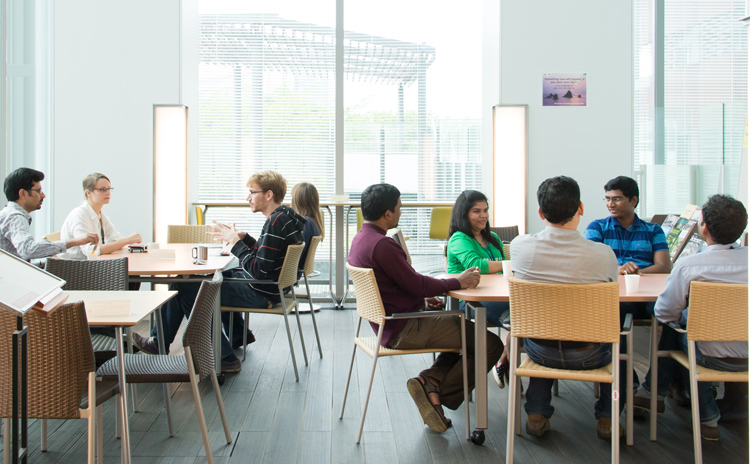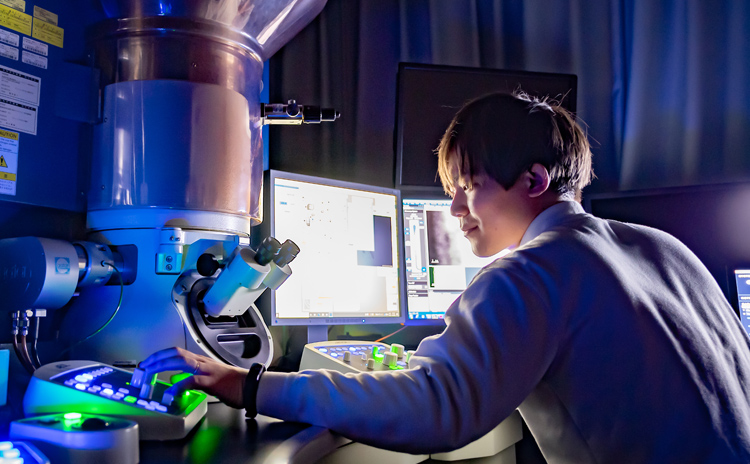
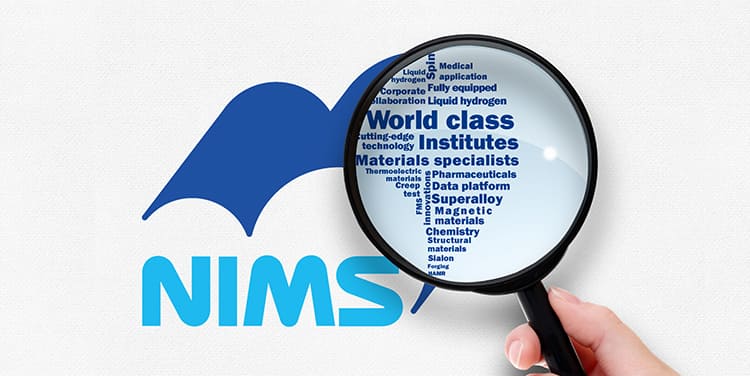
NIMS: A Unique Research Institute!
The National Institute for Materials Science (NIMS) is the only national research and development corporation in Japan specializing in materials science research. On this page, we introduce the features and attractions of NIMS.
01 NIMS: Supporting and Transforming Daily Life
Lights, roads, bridges, buildings, cars... Everything we need in our lives is made of 'materials' and 'substances.' As a national research and development corporation specializing in materials science, NIMS has created numerous materials that have changed the world. NIMS’ research achievements are active all around you.
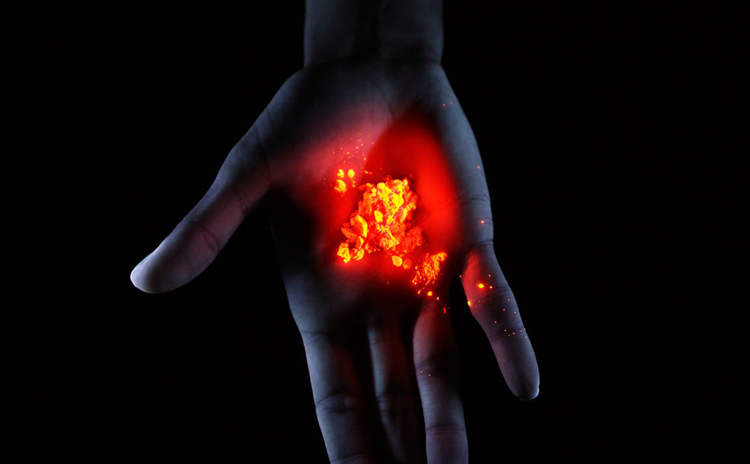
World-changing sialon phosphors for lighting
The energy-saving key, LED. Previously, white LED bulbs were made by covering a blue LED chip with a yellow phosphor to produce white light. However, this produced a bluish-white light, which did not become very popular as lighting. To produce a natural white, a red component was lacking. NIMS developed a phosphor that emits red, leading to the creation of natural white LEDs, which have now become popular worldwide. NIMS-developed "world standard sialon phosphors" have changed the lighting illuminating people's lives.
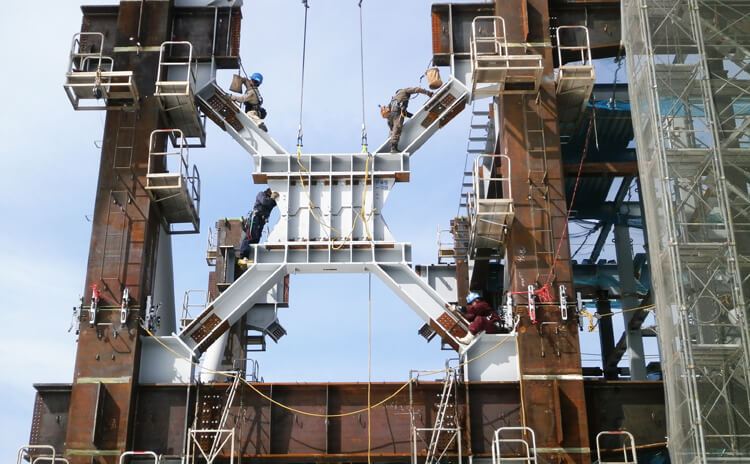
Earthquake-resistant FMS alloy dampers for skyscrapers
During the Great East Japan Earthquake, long-period ground motions caused prolonged and significant swaying of high-rise buildings as far away as Osaka. To address this issue, many modern buildings are equipped with steel seismic dampers. However, after experiencing major earthquakes, these dampers often suffer performance degradation. NIMS has developed a new alloy with improved fatigue durability that can withstand repeated plastic deformations. Thanks to its specially designed deformation mechanism that can mitigate external forces, its fatigue durability is ten times higher than that of conventional steels, enabling its practical use as a maintenance-free seismic damper material for buildings. NIMS is contributing to protecting buildings from repeated massive earthquakes.

Ultra-high-density recording media, HAMR Media, supporting the backbone of an advanced information society
Data centers store the world's digital information, with hard disk drives (HDD) playing a central role. Continuing to use current HDDs, it is predicted that in ten years, data centers will consume 10% of the world's total power consumption. To save energy, it is necessary to store more information in a smaller area. NIMS has successfully pioneered the development of high-density recording media using the new material FePt, known as Heat-Assisted Magnetic Recording (HAMR) media. This HAMR media is already being integrated into HDDs and is active in advanced information societies.Notes: The HDD drive and media images are for illustrative purposes only. They do not show HAMR media-equipped images.
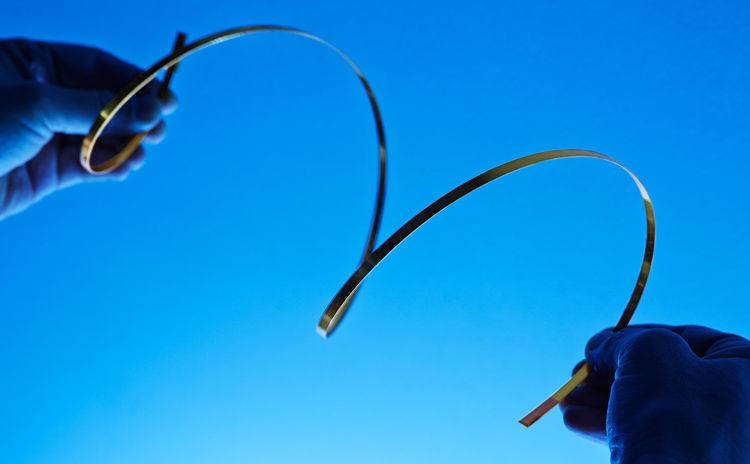
Revolutionizing the way electricity is transmitted with bismuth-based superconducting materials
In 1988, 'bismuth-based superconducting materials' discovered at NIMS (then the Institute of Metal Materials Technology) shocked researchers worldwide. Superconductivity is a phenomenon where a material's electrical resistance drops to zero at a certain temperature. In 1986, a Swiss researcher discovered a material that exhibited superconductivity at 35K (-238°C), previously only occurring at extremely low temperatures, earning the Nobel Prize in Physics. Since then, several high-temperature superconducting substances have been discovered, but the 'bismuth-based superconducting materials' developed by NIMS, made of a different combination of elements and capable of superconducting states at temperatures over 100K (-173°C), demonstrated that high-temperature superconducting materials exist far beyond what researchers had imagined. Bismuth-based superconducting materials are still being explored as materials for lossless power transmission cables and super-strong electromagnets, with practical tests already underway.
02 NIMS: Changing the World with Free Thinking
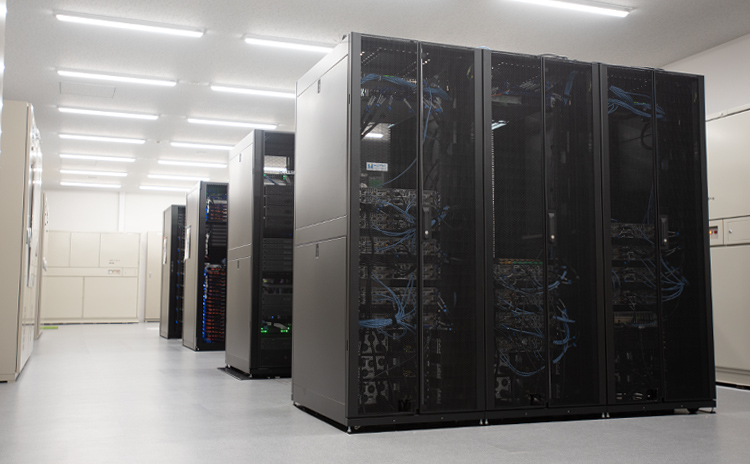
Innovating materials research and development through integration with data
NIMS is focusing on data-driven materials research, conducting efficient and rapid research and development by utilizing material data. For example, the Materials Data Platform DICE offers high-quality data and applications accessible to external users.
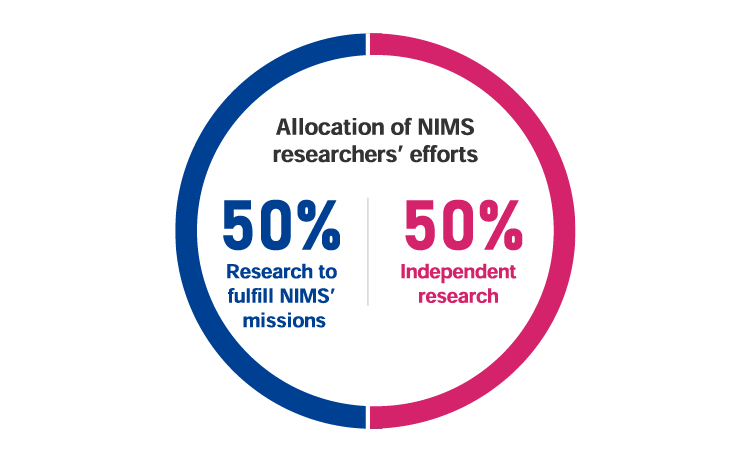
The key to enhancing NIMS' research capabilities is the individual researchers' freedom to explore
NIMS produces world-changing research outcomes. One secret is the time allotted for researchers to engage in free-thinking research. At NIMS, 50% of a researcher's annual total work time is allowed for free-thinking research, enabling them to fully pursue their interests. By enhancing individual research capabilities through free-thinking research, NIMS achieves high performance in its mission.
03 State-of-the-Art Research Facilities
Essential experimental equipment for research. NIMS boasts numerous state-of-the-art facilities, including some rare devices globally. NIMS offers the best environment for materials science research.
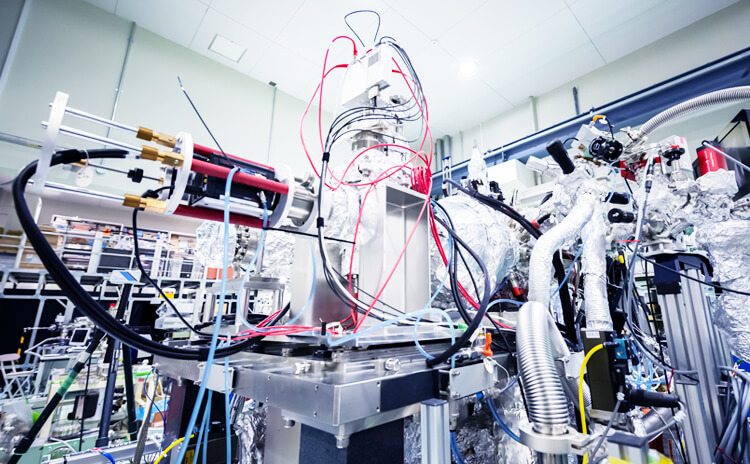
A spin-resolved photoelectron spectroscopy device that can measure the binding energy, momentum, and spin state of electrons within materials. This device, installed in only about ten locations worldwide, is particularly high-performance at NIMS.
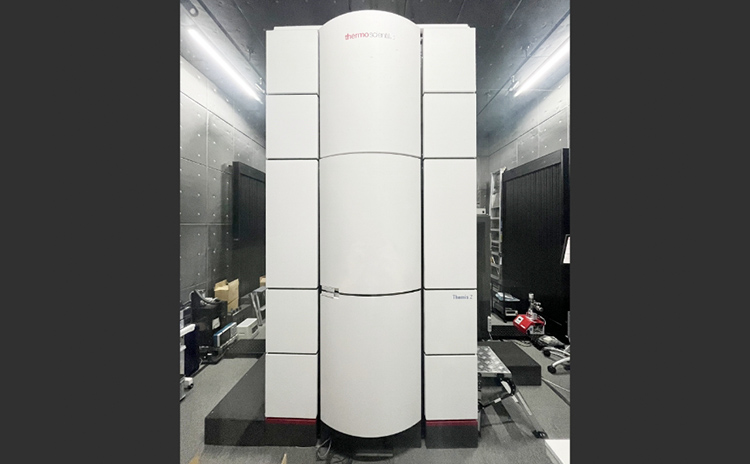
Various microscopes and analytical and measuring devices, including transmission electron microscopes (TEM), are available.
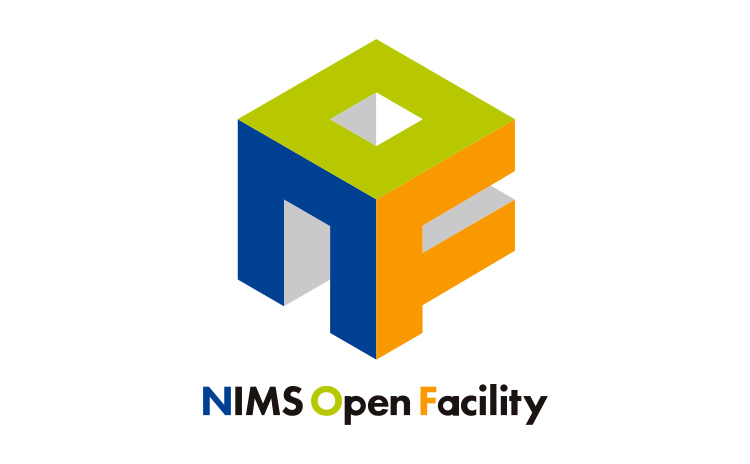
Shared facilities are also available to external users!
As part of the Ministry of Education, Culture, Sports, Science, and Technology's 'Advanced Material Research Infrastructure' project, NIMS' state-of-the-art shared facilities support research and development for researchers from domestic and international universities, companies, and public institutions.
04 A Top-Level Research Institute
The most influential institution in the field of materials science in Japan!
NIMS is recognized as the most influential Japanese research institution in the field of materials science.
Top 10 by Field (Materials Science)
|
Domestic ranking |
Institution name |
Number of highly cited papers |
Proportion of highly cited papers |
|---|---|---|---|
|
1st |
National Institute for Materials Science (NIMS) |
142 |
2.0% |
|
2nd |
University of Tokyo |
79 |
1.4% |
|
3rd |
Tohoku University |
53 |
0.7% |
|
4th |
National Institute of Advanced Industrial Science and Technology |
44 |
1.1% |
|
5th |
Kyoto University |
35 |
0.9% |
|
6th |
Kyushu University |
33 |
0.8% |
|
7th |
RIKEN |
32 |
2.5% |
|
8th |
Hokkaido University |
24 |
0.9% |
|
9th |
Waseda University |
23 |
2.1% |
|
10th |
Institute of Science Tokyo |
22 |
0.5% |
NIMS' rankings in other fields
Physics... 2nd in Japan
Chemistry... 3rd in Japan
Overall... 6th in Japan
Source: Analysis of the number of high-impact papers by Japanese research institutions, 2025 edition - Clarivate Analytics Japan Ltd.
Papers are high-level! NIMS is a world-class research institution!
NIMS stands shoulder to shoulder with the world's top research universities and institutions, with a high proportion of its papers being in the top 1% globally.
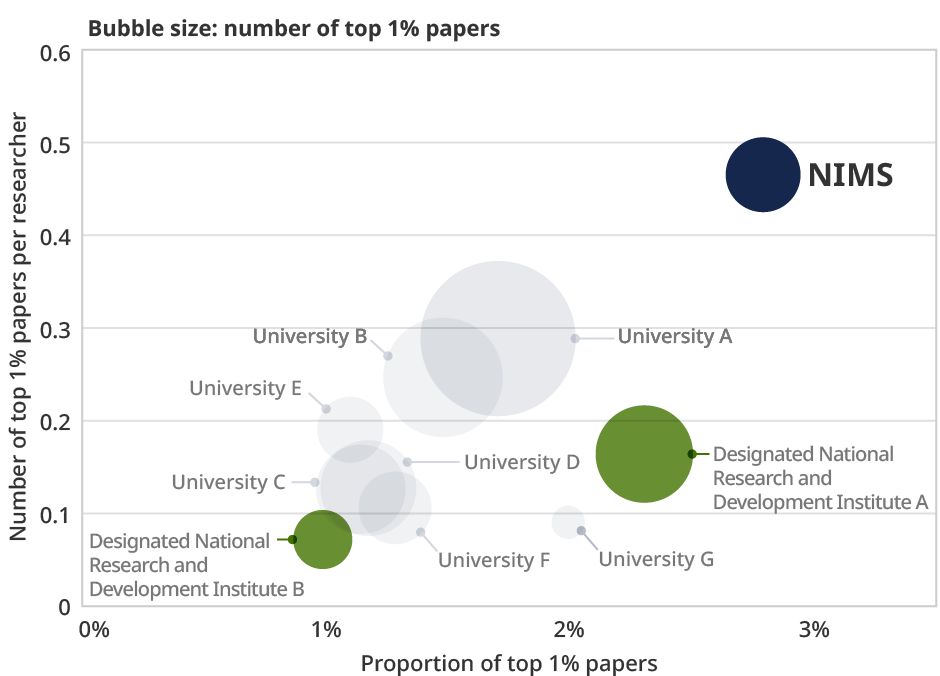
Note: A top 1% paper refers to a paper that is cited enough to be in the top 1% of its field.
No. 1 in patent income per 100 researchers in Japan!
When comparing patent income per 100 researchers among Japanese research institutions and universities, NIMS significantly excels in earning high patent income.
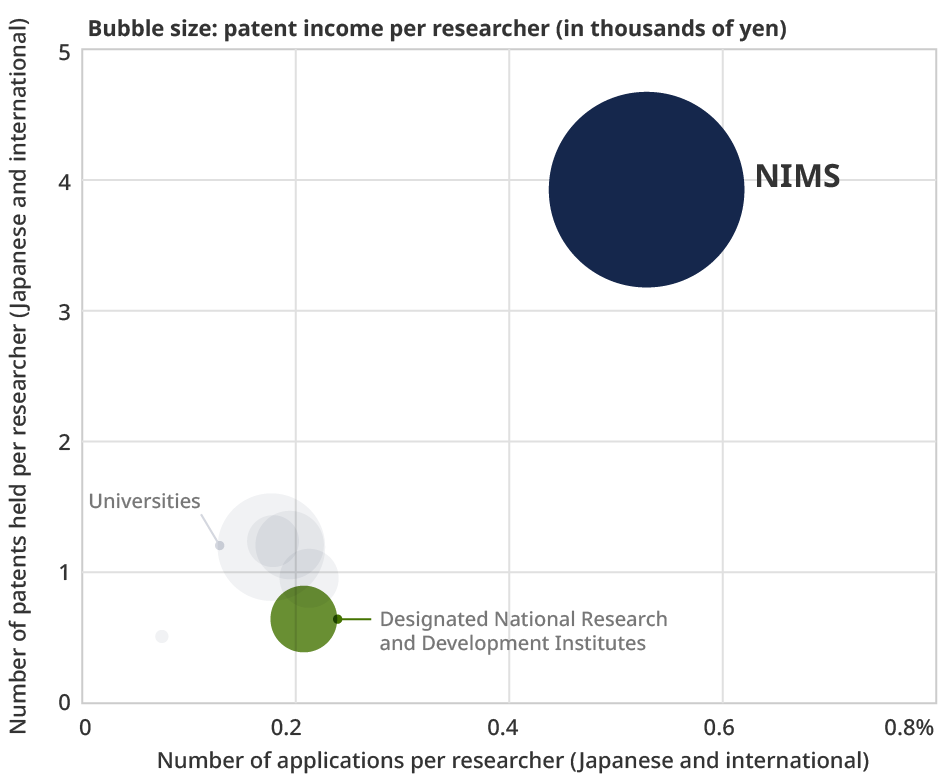
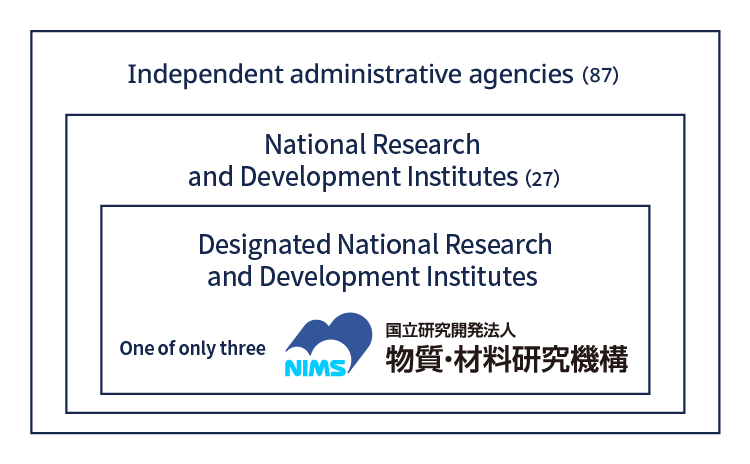
Only three special national research and development corporations in Japan
NIMS transitioned to a special national research and development corporation on October 1, 2016, under the 'Special Measures Law for the Promotion of Research and Development by Specific National Research and Development Corporations.' Positioned as a 'research institution excelling in specific fields,' NIMS is expected to produce world-leading results that form the foundation for scientific and technological innovation amid international competition.
05 Global Companies Take Notice! Collaboration with NIMS

Corporate Collaboration Center
Under the belief that 'materials are only truly valuable when used,' NIMS emphasizes contributing to the industry through collaboration with companies. Based on medium- to long-term roadmaps, we are advancing strategic and sustainable collaborations. Companies like SoftBank and L'Oreal Japan are working with NIMS to develop next-generation technologies.
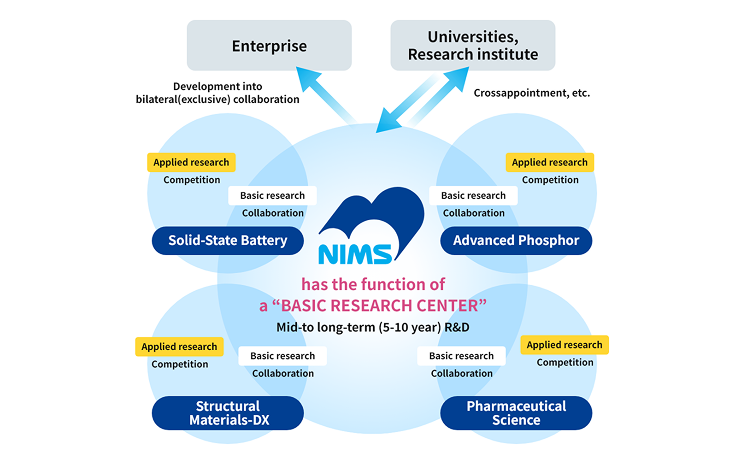
Materials Open Platform (MOP)
NIMS, as the core, forms an 'open platform' by industry. By collaborating on common aspects of multi-company business through a 'horizontal collaboration' system, we strengthen our innovation creation capabilities. Several open platforms are currently in operation.
06 NIMS’ International Openness
About 30% of NIMS researchers are foreign nationals. NIMS is an international institute where you can always hear various languages spoken on campus.
In particular, the 'International Center for Materials Nanoarchitectonics (MANA)' and the 'International Center for Young Scientists (ICYS)' are rich in international character, providing an environment where outstanding researchers from around the world can share new ideas and engage in cutting-edge research.
07 Attracting Students from Around the World
At NIMS, you can see many students from around the world, not just from Japan. Why is this the case, considering NIMS is not a university? It's because NIMS focuses on nurturing young talent for the future.
Many students visit NIMS and conduct cutting-edge materials research under the guidance of NIMS researchers through programs such as the 'NIMS Graduate Program' and the 'International Cooperative Graduate Program.'
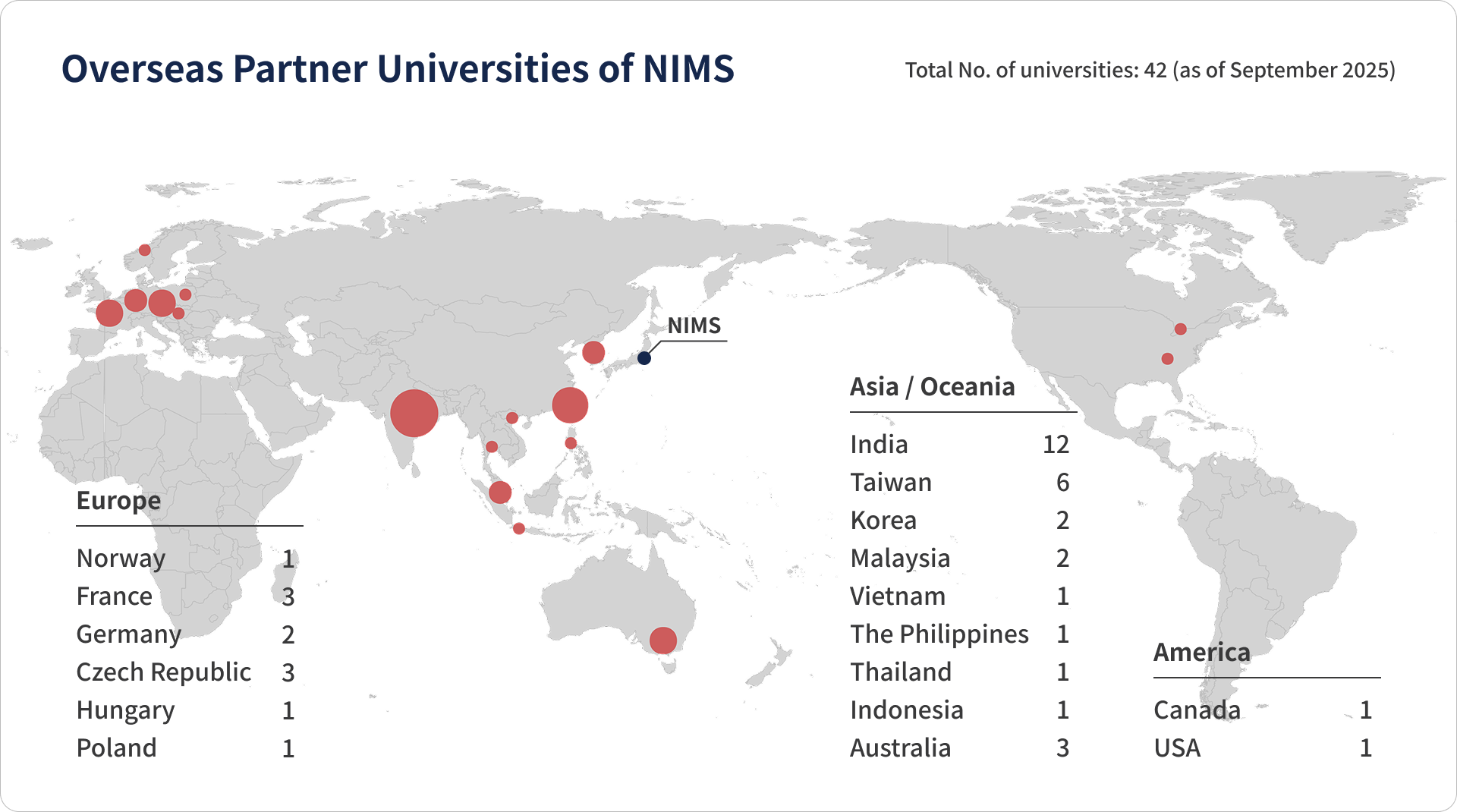
08 An Ideal Environment for Research and Living
NIMS is located in Tsukuba City, Ibaraki Prefecture, a city with numerous research institutions, companies, and commercial facilities, as well as Mount Tsukuba and large parks. It's an urban research city where you can also experience nature.
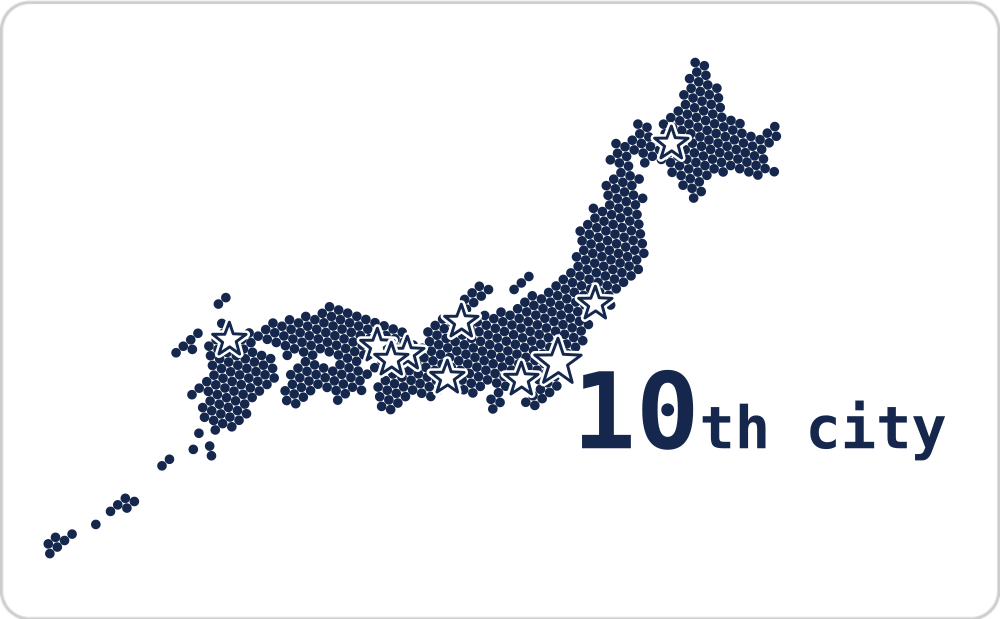
The Japan's tenth-ranking city in urban attractiveness*

Easy access to Tokyo

An environment conducive to collaboration with other institutions

No worries about work refreshment or shopping

Peace of mind for sudden illnesses

Cultivates children's intellectual curiosity and international sensibility
*Reference: Japan Power Cities 2025 : Profiling Urban Attractiveness (Mori Memorial Foundation)
09 Unique Features of NIMS!
A work environment friendly to women
We believe that enriching the overall work and home lives of staff members with diverse values and lifestyles contributes to the vitality of the organization, and we are committed to creating a workplace where everyone can work comfortably.
Transfers
NIMS' three campuses (Senzen, Namiki, and Sakura) are all located within Tsukuba City. Because there are no sudden transfers, there is no disruption to one's own or one's family's lifestyle.
The research institute closest to Tsukuba Station!
A 15-minute walk along a verdant promenade from Tsukuba Station brings you to NIMS' main campus (Senzen site). It's truly convenient to be able to walk from the station in spacious Tsukuba.
- President's Greeting
- Our Profile
- NIMS: A Unique Research Institute!
- Organization
- Business and Activities
- NIMS Award
- Research Integrity
- Gender Equality Initiatives at NIMS
- Public Relations Content
- Our History

